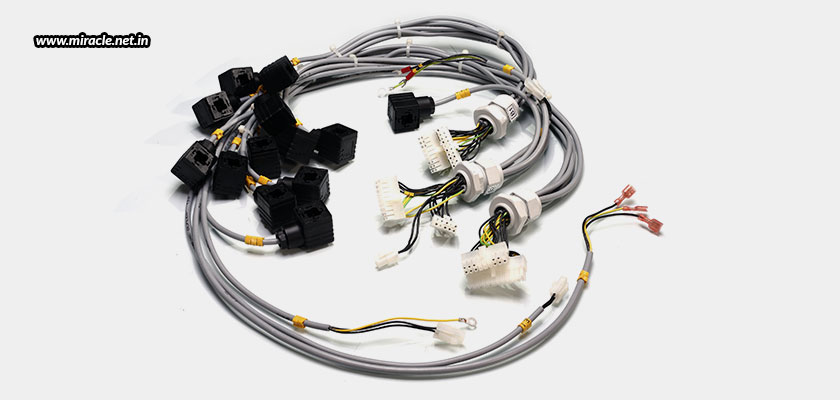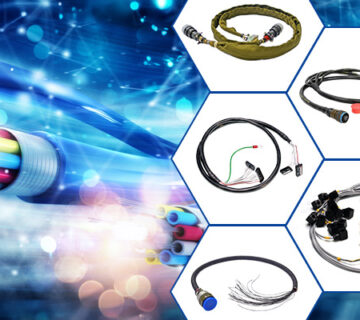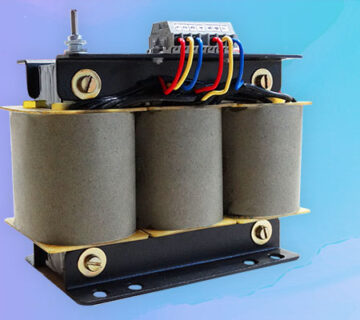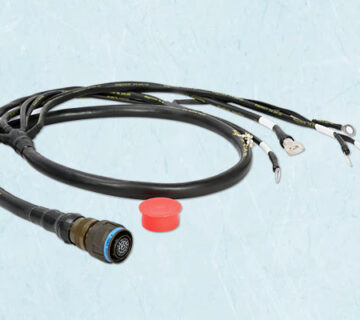A typical wire harness may comprise of as few as three components, or go up to dozens of wires and hundreds of different components and terminations, with multiple branches running off in many different directions, having multiple terminations on each branch. Whatever the count and complexity, a wire harness is typically designed to simplify the manufacture of a larger component, designed based on the geometric and electrical requirements of the equipment it needs to be installed in.
Manufacturing a wire harness
The design of a wire harness depends upon the application in which it needs to be used. Once the design is established, a schematic is developed and paperwork completed, which shows a full-size diagram of the harness, with all the components and their locations clearly listed, serving as the workbench for the harness to be built.
Working on this schematic, the process of manufacturing begins. The wires are first cut to the desired length, and then stripped to expose the uninsulated conductor, after which they are fitted with any required terminals or connector housings. These wires, along with their attached components, are then put on the pin board and bound together with the help of cable ties, cable lacing, tapes, sleeves, or any other possible technique. The processes involved may either be manual or automated, depending upon the requirements and the complexities involved. However, manual production remains more cost-effective than automation, especially when small batch sizes are required.
Once the wire harness is constructed, it is then tested for performance and quality. The testing process involves everything from visual inspection to mechanical testing, and electrical testing. All these tests are done to ensure that the entire wire harness is built properly, without any cuts or faults. Along with that, the tests also ensure the durability, strength, and performance of the wire harness. While final testing of the wire harness is important, many manufacturers also perform testing at the end of every individual manufacturing phase, so as to find faults early in the process, to avoid any hassles or additional costs at the end. Miracle Electronics is one such industrial wire harness manufacturer in India, with almost three decades of experience in innovation and production of a variety of wire harnesses like flat, ribbon, EMI shielded, RF, airborne, and military. The engineering staff here is well-versed in the design and construction of wire harnesses, capable of assisting in the development of the most efficient harnesses to meet your demands.
Why choose a wire harness over multiple wires?
Wire harnesses are used in a variety of industries like electronics, electrical appliances, automotives, construction machinery, and industrial equipment. By integrating all the wiring into a single unit (or several units if the number of wires is more), wire harnesses simplify the construction of these larger components with drop-in installation. Not only does this process reduce the number or wire units to be installed, but it also makes it better secured against the effects of abrasion and vibration, by constricting the wires into a non-flexing bundle. Also, the effects of moisture, chemicals, and shocks is eliminated, thanks to the outer protective covering. Last but not the least, with wire harness(s) in place, the usage of space is also optimized.




